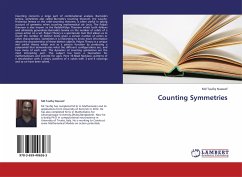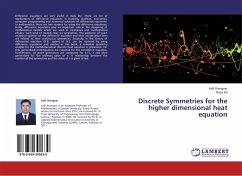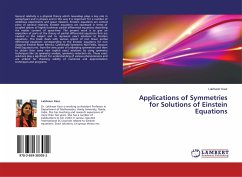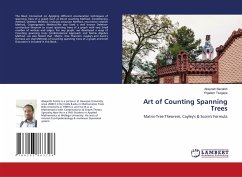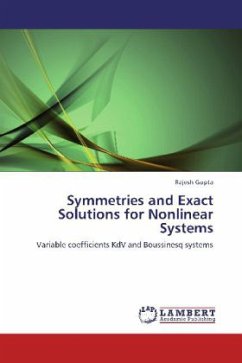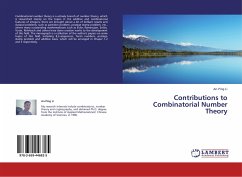Counting concerns a large part of combinational analysis. Burnside's lemma, sometimes also called Burnside's counting theorem, the Cauchy-Frobenius lemma or the orbit-counting theorem, is often useful in taking account of symmetry when counting mathematical ob- jects. The Polya's theorem is also known as the Redeld-Polya Theorem which both follows and ultimately generalizes Burnside's lemma on the number of orbits of a group action on a set. Polya's Theory is a spectacular tool that allows us to count the number of distinct items given a certain number of colors or other characteristics. Sometimes it is interesting to know more information about the characteristics of these distinct objects. Polya's Theory is a unique and useful theory which acts as a picture function by producing a polynomial that demonstrates what the different configurations are, and how many of each exist. The dynamics of counting symmetries are the most interesting part. This subject has been a fascination for mathematicians and scientist for ages. Here 16 Bead Necklace, patterns of n tetrahedron with 2 colors, patterns of n cubes with 3 and 4 colorings and so on have been solved.

